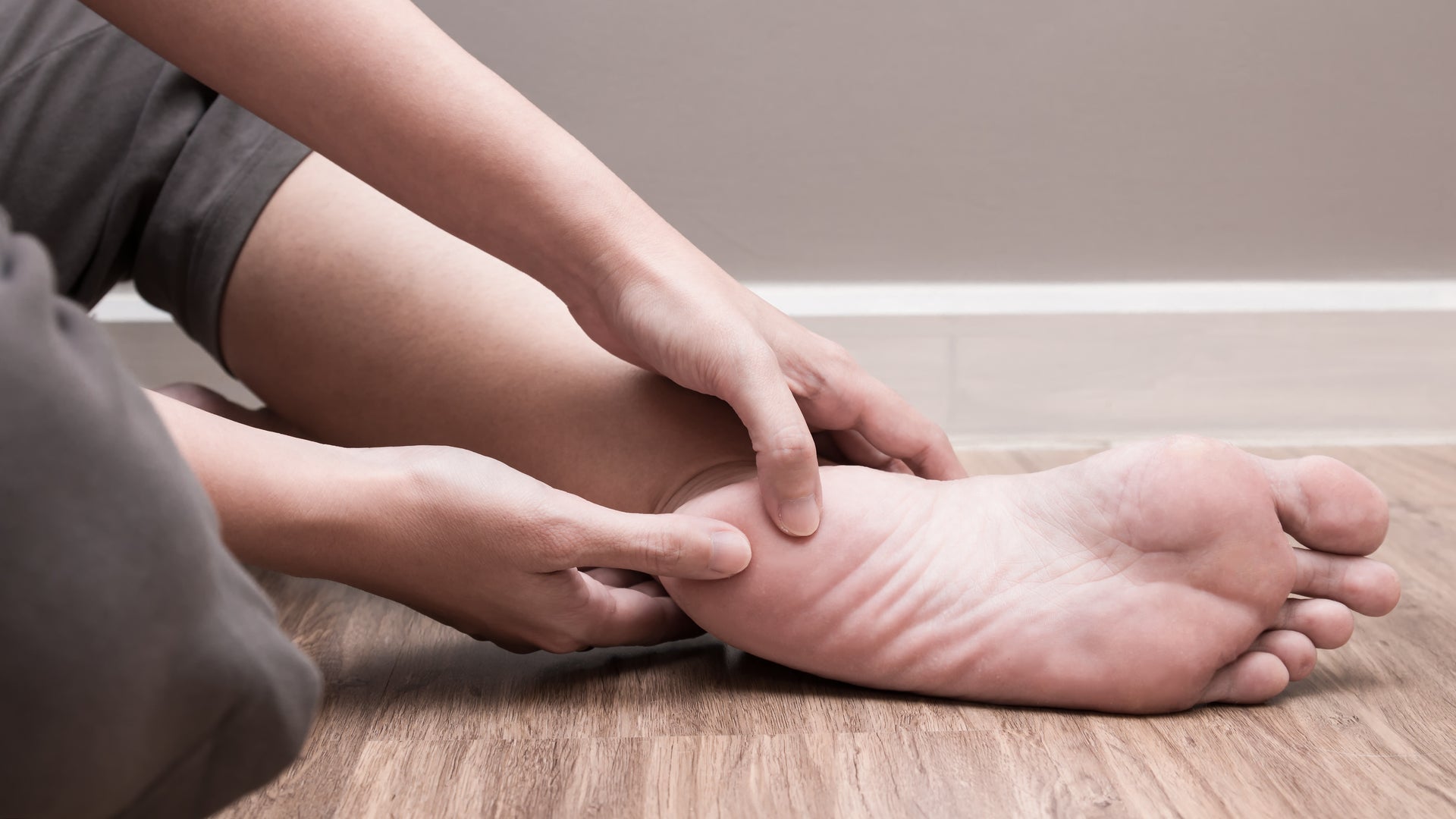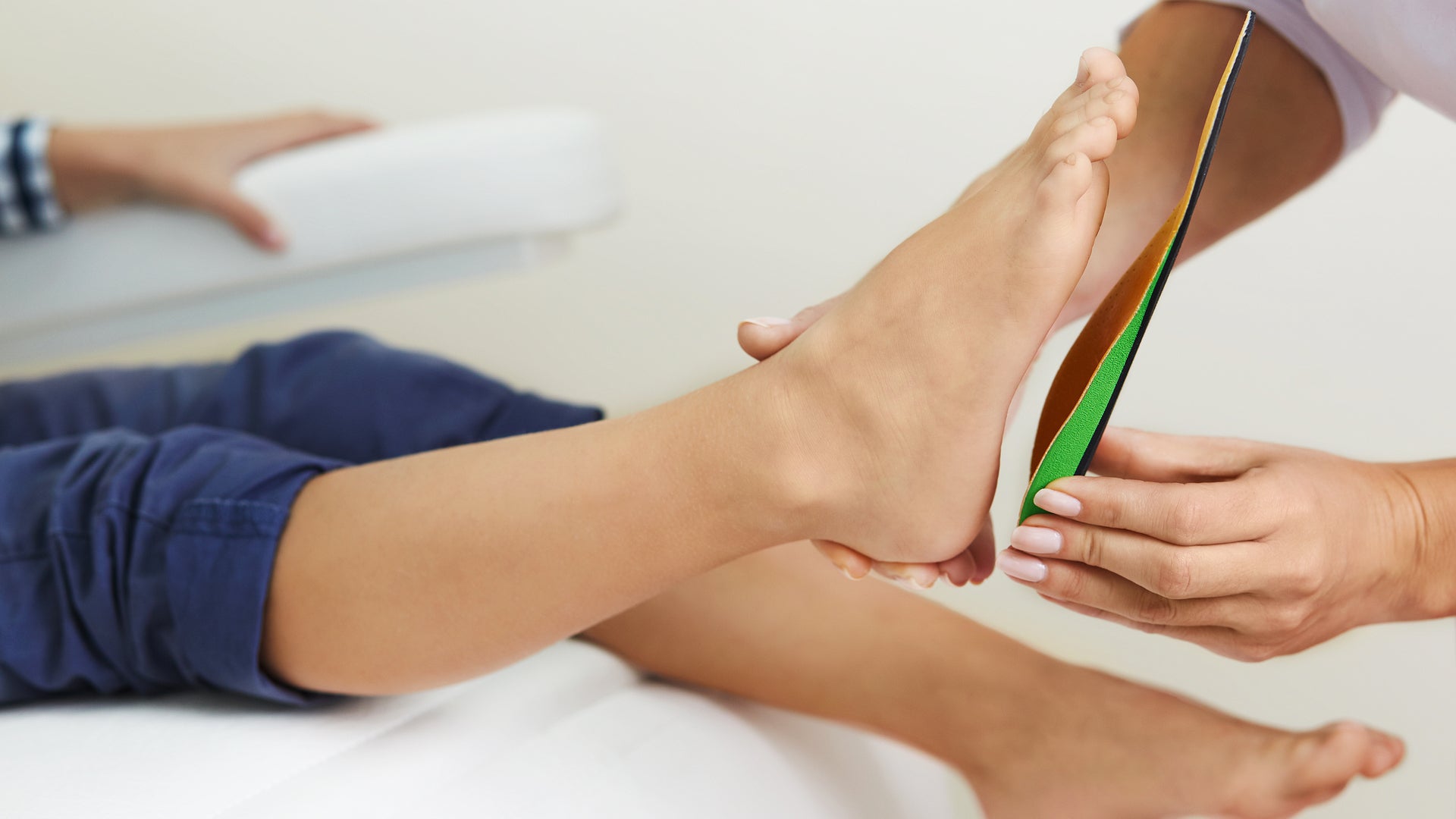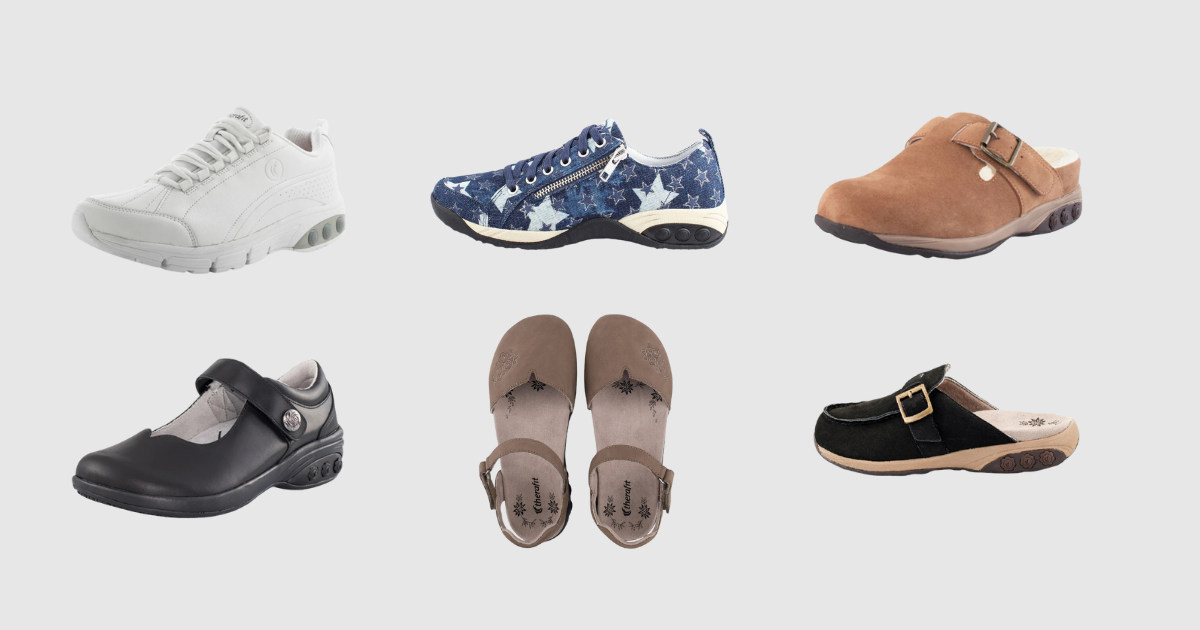11 Fun Facts About Plantar Fasciitis
·

·
There’s nothing fun about plantar fasciitis — if you suffer from it, you know that it’s not something that puts a smile on anyone’s face. The good news is you’re not alone! And maybe these 11 fun facts about the condition will help you crack a smile after all.
-
1 in 10 people will suffer from plantar fasciitis
About 10% of the population will have plantar fasciitis in their lifetime! That’s… a lot of people.
-
Plantar fasciitis often heals without medical intervention
90% of cases involving plantar fasciitis are self-limiting, which means that with only 6 months of conservative treatment (stuff like stretching, icing, and the use of orthotic inserts) the condition could greatly improve or even be fully healed!
-
Simply stretching can improve or eliminate heel pain
In a study published in the Journal of Bone and Joint Surgery, heel pain was either eliminated or much improved at eight weeks in 52% of patients who were treated with an exercise program to stretch the plantar fascia. Although stretching to relieve symptoms of plantar fasciitis doesn’t usually work immediately, for many it ends up working in the long-term. Incorporate stretching into your daily routine for best results.
-
The plantar fascia absorbs a pretty mind-blowing amount of force
During an average day, the total impact your feet absorb is equal to the weight borne by a fully loaded cement truck! Whaaat? So it’s basically no surprise that this strain can wreak havoc on the plantar fascia if your arch isn’t properly supported.
-
Your feet contain a quarter of all the bones in your body
Get this: A full quarter of the bones in your body are located in your feet – 52 to be exact! When those bones are out of alignment, that’s when things get messy and create the conditions for plantar fasciitis to start.
-
Sometimes all you need is a good pair of supportive shoes to remedy plantar fasciitis
In one study, 14% of patients noticed an improvement in their plantar fasciitis symptoms simply by wearing more supportive footwear. Footwear is one of the most important aspects of supporting your heel and arch — something we know alllll about. Good footwear means better impact absorption, better cushioning, and less heel movement. Hello! That’s why our shoes exist. Check ‘em out here.
-
Professional athletes and celebrities have plantar fasciitis too
That’s because they have feet too! And theirs are just as susceptible to plantar fasciitis as yours are. In some cases, even more so, especially pro athletes whose feet take quite the beating. A-list celebrities who have suffered from plantar fasciitis include Paris Hilton, Angelina Jolie, Albert Pujols, Pau Gasol, Peyton Manning, Tim Duncan, and Shaquille O’Neal. Who would have thought that celebrities have foot health issues too?
-
Women are more likely to experience plantar fasciitis
Whelp. The average woman walks 3 miles more every day than the average man! Which is probably why women are four times as likely to experience foot problems than men. Another possibility is that 9 out of 10 women regularly wear shoes that are actually too small! It’s definitely time to ditch the stilettos and grab a pair of Therafit shoes.
-
Plantar fasciitis is cause for one million doctor visits per year
According to the Center for Disease Control and Prevention’s National Center for Health Statistics, the pain from plantar fasciitis drives a massive number of folks to the doctor’s office annually. But for many of these cases, symptoms can be resolved with at-home treatments like stretching, icing, and wearing supportive footwear. Good news!
-
Heel Spurs are found in about 50% of plantar fasciitis cases
Contrary to common belief, heel spurs are caused by plantar fasciitis – not the other way around! Heel spurs develop in response to trauma of the plantar fascia, which can ultimately cause a great deal of pain when walking. The key to avoiding heel spurs? Treat any plantar fasciitis symptoms early.
-
All it can take is standing still to develop heel pain
Standing all day (for work, waiting in line at Disney World pre-COVID days, hanging with the kids) can feel so much more tiring than walking, even if you haven’t gone anywhere! It’s not all in your head — standing in place is much more conducive to the development of plantar fasciitis, since strain is being placed on a few muscles over a long period of time, rather than spread over numerous muscles. Standing for long periods of time can put you on the fast-track to developing plantar fasciitis, so make sure you’re wearing supportive footwear and you’re taking sitting breaks!



